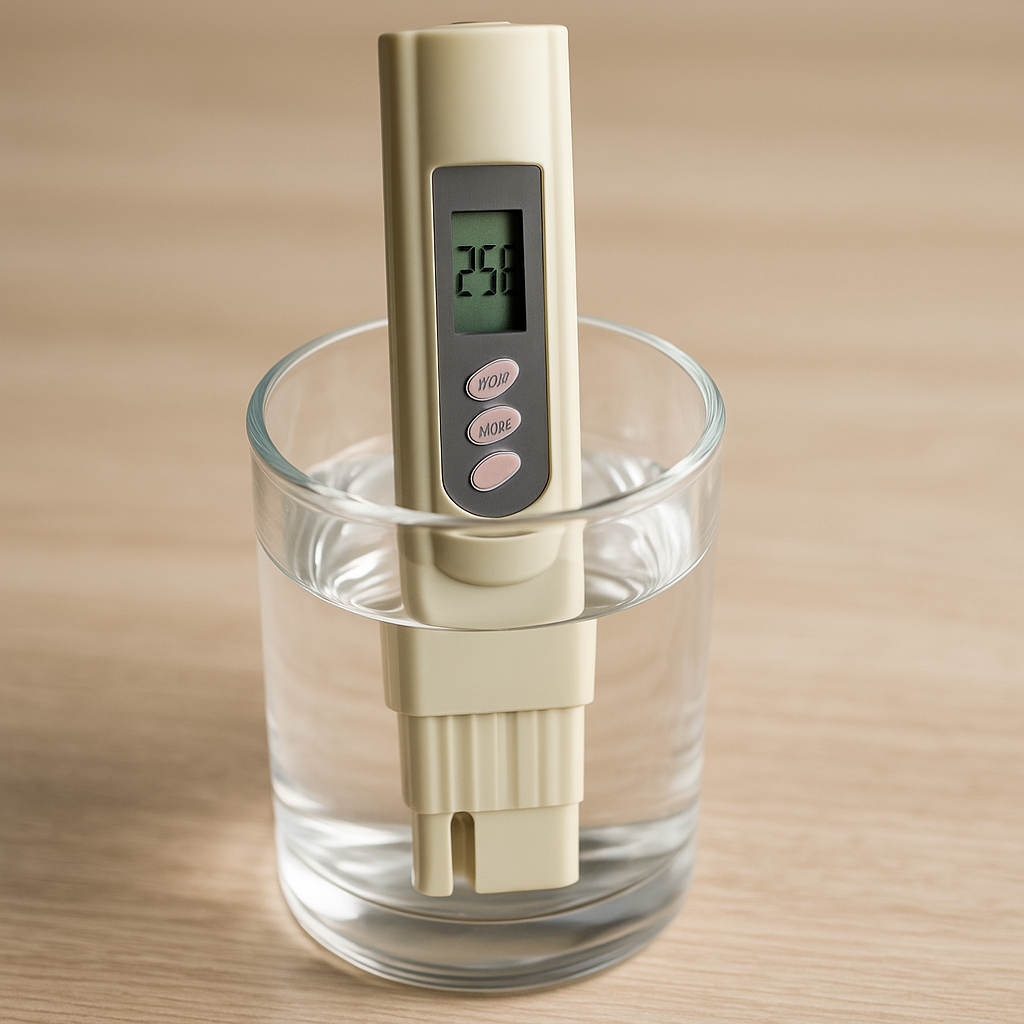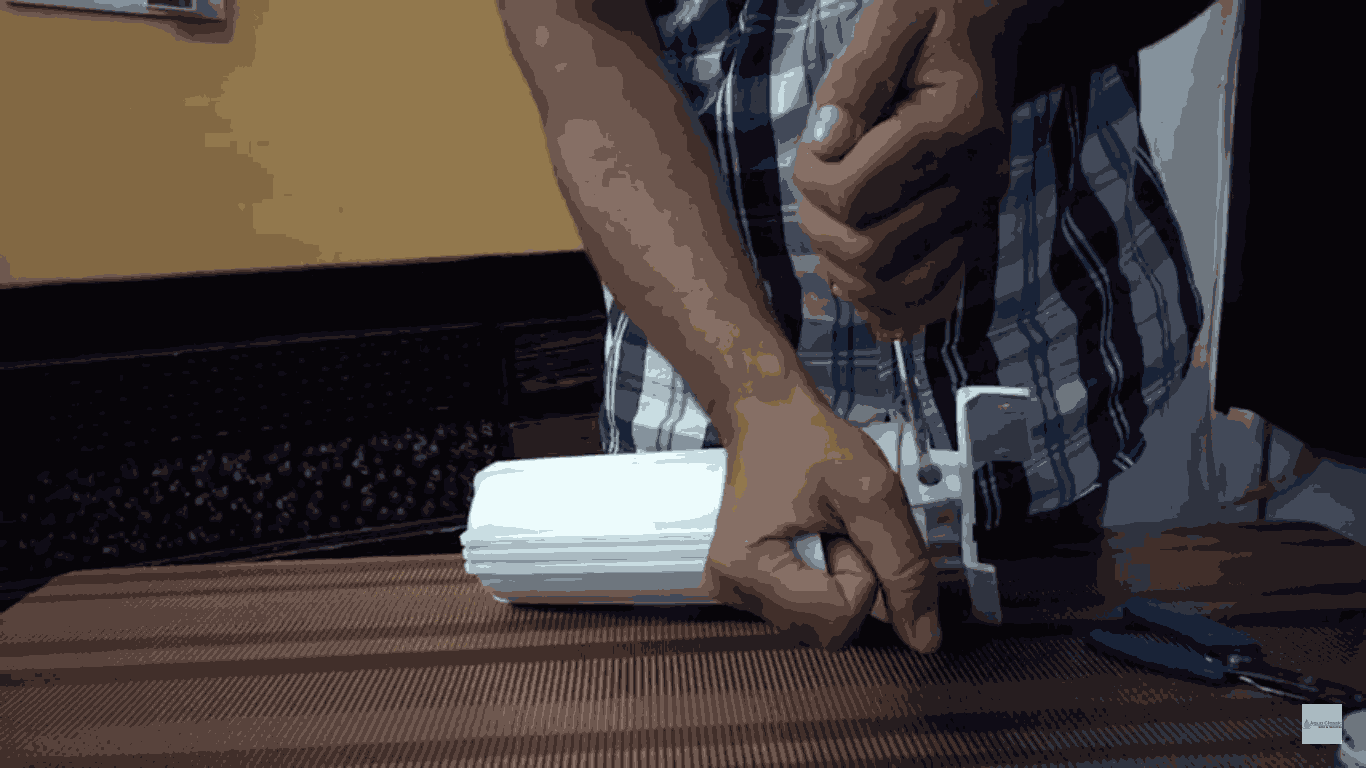Blog
What is a TDS meter and what does it actually measure?

A digital device that fits in your pocket, a TDS meter measures the total dissolved solids (TDS) in your water. A mixture of inorganic salts, such as calcium, magnesium, potassium, sodium, bicarbonates, chlorides, and sulfates, as well as trace amounts of organic matter, make up these solids. Consider it a preview of the substances that are dissolved in the water you consume.
So why is it important? Over time, elevated dissolved solids can have an impact on the taste, safety, and functionality of your water as well as your household appliances, such as purifiers or kettles. You can quickly check this with a TDS meter by dipping it into water and seeing a number on the screen, typically expressed in ppm (parts per million).
This ppm reading is a quick measurement of the quality of your water. For instance:
*Generally, a reading of between 50 and 150 ppm means that the water is pure and has helpful minerals.*An excess of unwanted materials, like heavy metals or excess salts, could be signaled by a reading over 300 parts per million.
*And over 500 ppm? That's a warning. It could mean potential contamination or unsuitable water for human consumption.".Thus, this little gadget tells you what your body might be absorbing day by day within a span of seconds.



